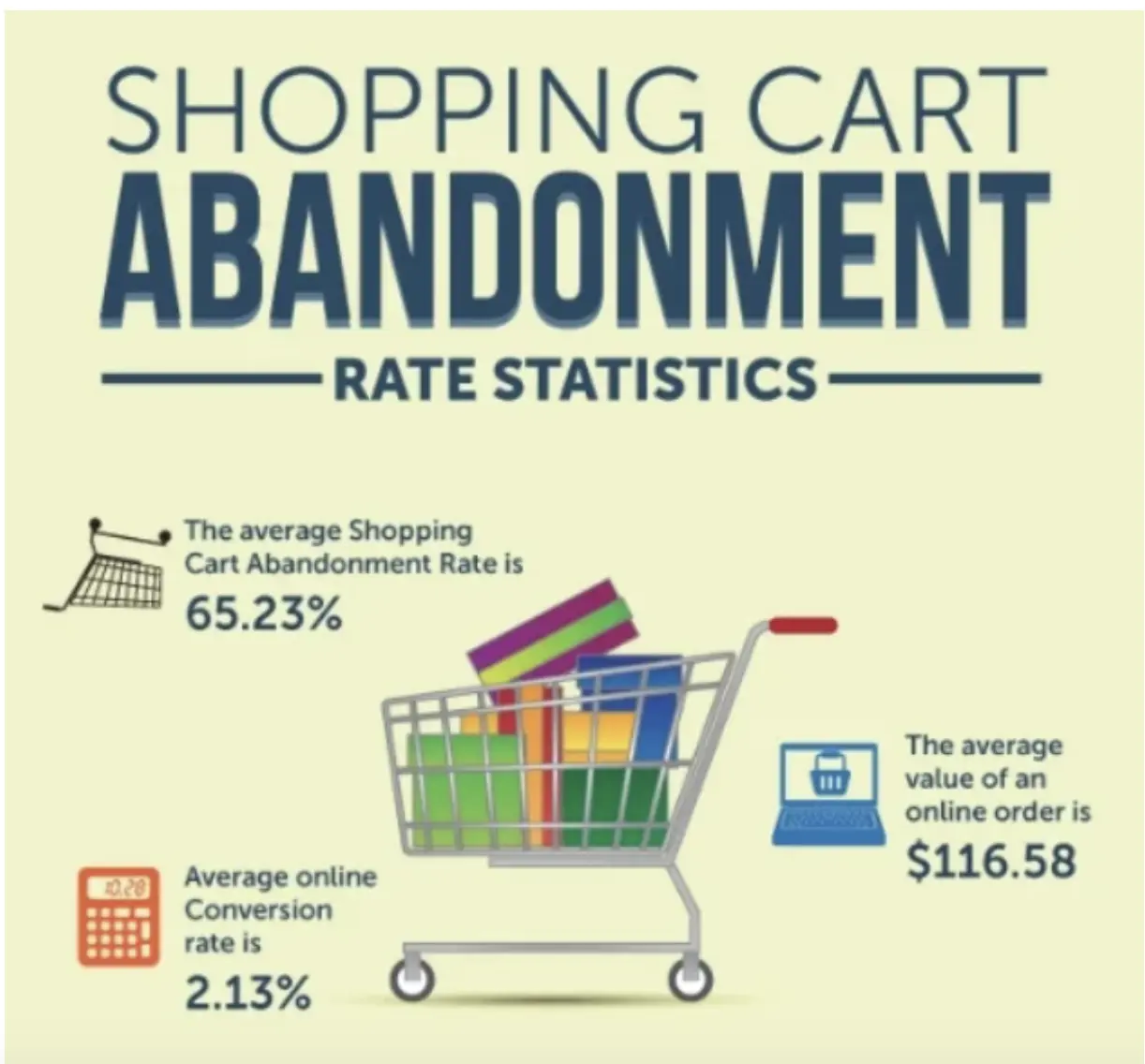Email marketing is one of the most powerful tools in a modern marketer’s arsenal.
The amazing thing about email marketing is that it allows you to optimize and adapt emails for every stage of the customer’s journey.
When you take the time to build a segmented email strategy based on user intent, their behavior, and the position of a customer in your funnel, you’re able to deliver a highly-personalized experience.
This experience will lead to conversions and, more importantly, to long-term brand loyalty and advocacy.
One of the most critical elements in your overall email marketing strategy is behavioral emails, which you can use for customer acquisition, retention, and loyalty. Here’s what you need to do.

What are Behavior-Based Emails?
A behavioral email is an email you send automatically to a recipient based on their behaviors and actions to trigger the email.
An example is when a user interacts with your website, a social media channel, or other touchpoints.
If a person is interacting with your brand for the first time, the behavioral email goes out to them as soon as they put their email into the required field. If the email is already in your CRM system, then the trigger might be anything from a reminder to a thank-you email or purchase confirmation.
Behavioral emails nurture lasting relationships, welcome new customers, and greet new leads to inspire them to take the next step toward conversion. It’s the first step towards boosting customer retention, which makes it a crucial step in your sales strategy.
Types of Behavioral Emails
Let’s take a look at the types of behavioral emails you can automate and what instances call for you to send each to your customers.
Registrations
When potential customers share their email addresses with you and complete any action on your site, they should receive a registration or a “welcome” email.
The Thank You Email warmly welcomes the newcomer and furnishes them with pertinent information regarding the company, its products, and services, or any specific topic tailored to the individual.
Registration emails are typically an integral part of marketing automation software.
You can use a dedicated tool to segment the emails based on the type of customer and their needs.
Some customers require a welcome email with special offers, while others need FAQs or educational content to stay engaged and move through the sales funnel.

Personalizing these emails is always beneficial regardless of where customers are in the funnel and on their journey.
You won’t be able to fully personalize your emails before you have gathered more information and behavioral data.
Still, even at the beginning, you should have enough information to know what content the customer expects.
Conversions
Conversions can take many shapes.
Even though the primary type of conversions we care about is sales, we can also consider new subscriptions, downloads, sign-ups, and opt-ins, as well as events, to be a form of conversion.
These actions help a business increase its conversion rate with proper nurturing and email drip campaigns.
Whatever the type of conversion, however, behavioral emails are essential to capitalize on that initial momentum.
If the customer makes a purchase, a behavioral email thanks them for their investment, and you’ll send them their shipment and tracking info. But suppose a customer has made any other kind of action.
Your behavioral emails can open cross-sell and up-sell opportunities, point to additional resources, or promote discounted items and services.
Site or social activity
There are many actions a potential customer can perform on your website or social media channels that can trigger a behavioral email.
Depending on people's actions, you can send out a mass email blast for different stages of the buyer’s journey to cast a wide net, capture as many leads as possible, and inspire conversions.
You can automate these behavioral emails for triggers such as abandoned carts and viewed products, website activity reports, social interactions like shares and comments, and wishlist items.
Like other behavioral emails, the goal is to move people through the sales funnel toward a purchase.
You can send trigger emails for wishlist items that notify people when they go on sale or when you’re running out of stock.
Based on your website activity reports, you can send bulk emails to user segments with relevant item selections and special new-customer deals.
Getting Started with Behavioral Emails
Now that you know the types of behavioral emails and when they should go out to different customer segments, let’s look at how and when to use them.
Onboarding
In general, onboarding new customers and leads is one of the most critical steps toward brand loyalty.
Or, in the case of lead nurturing, it’s the most crucial step towards conversion down the road.
For this reason and many others, welcome emails are powerful tools that can set the stage for your long-term relationship with the customer.

Welcome emails can have a templated content approach for all types of customers, but they can also vary depending on the specific behavior of an individual.
As such, they can even be a part of your sales deck in which you use sales-oriented copy to introduce your products or services and the value your brand brings to the customer.
Value is the operative word here; regardless of the type of copy you put in your onboarding emails, your top priority should be to convey the value of your brand.
Make sure people know exactly why they should stick around.
Educating the customer
Customer education is one of the best ways to build brand authority and social proof and guide potential customers toward a conversion.
Focus these emails on enhancing the overall brand experience and use them to deliver valuable content and insights to your audience.
Typically, you will automate these emails to go out to customers well past the Awareness stage and work their way through Interest toward the Consideration and Conversion stages.
These people seek high-quality content to get more information about products, services, and the industry.
That’s why you can use these emails to share exciting stories and insights, industry and market data, the latest news in your company and what you’re working on, and various expert tips.
Capturing their attention
You can use trigger emails to capture your customers' attention and inspire them to complete a specific action.
One of the most powerful ways to use behavioral emails is to get people back to their online shopping carts to complete a purchase.

People abandon their carts for numerous reasons, but that doesn’t mean that you should leave that conversion potential on the table.
Instead, you want to minimize customer churn and your missed sales opportunities by sending an automated email to remind people that they have items in their carts and potentially throw in a deal sweetener to close the sale quickly.
Reminders
Reminders are a great way to keep in touch with your customers and deliver valuable and relevant information.
A reminder can be an email that notifies them that their wishlist item is back in stock or that their free trial is about to end, or it can also be a reminder about unused loyalty points and perks.
The possibilities here are endless, as you can send out reminders about anything and everything that brings value to the customer. The point here is to keep the brand-customer conversation alive.
You can use a Mac mail alternative to manage your entire email list and stay present in their lives, reminding them that a great opportunity is right in front of them.
Getting feedback
Finally, automated behavioral emails are great for collecting valuable feedback.
Gathering feedback via email is one of the best ways to show your customers that you care for them and that their voices matter.
Use this avenue to guide them toward conversion after sharing their feedback; most importantly, you can plug this information into your CRM software to improve all subsequent email campaigns.
The insights you generate here can help you optimize your marketing strategy to generate more leads and inspire conversions on multiple channels.
Over to You
Behavioral emails are a great way to empower your email marketing strategy, and nowadays, they are an inextricable part of any email strategy that aims to maximize conversions and retention.
Now that you know what behavior-based emails are and how best to use them, implement them into your email strategy to boost customer acquisition in 2023 and beyond.

